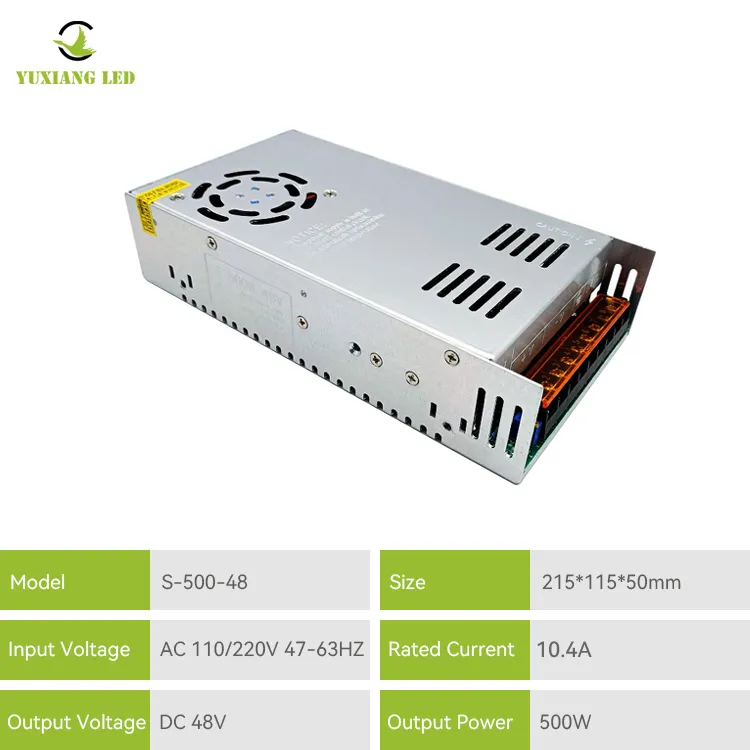Understanding the Basics: Key Components of a Switching Power Supply
2024-11-07
Switching power supplies are vital components in today’s electronic devices. They power everything from computers to home appliances, delivering efficient energy with minimal waste. But what exactly goes into a switching power supply? Let’s break down the essential components and their roles in making this complex system work.
1. What is a Switching Power Supply?
A switching power supply is an electronic power supply that converts electrical energy using high-frequency switching technology. Unlike traditional linear power supplies, switching power supplies offer improved efficiency, which means less energy is wasted as heat. This efficiency is achieved by switching the current on and off at high frequencies, which reduces the need for large transformers and keeps the system compact and lightweight.
2. Key Components in a Switching Power Supply
- Rectifier and Filter: The rectifier converts AC (alternating current) from the power source into DC (direct current), while the filter smooths out any fluctuations in the current. This step ensures that the input power is stable and ready for further conversion.
- Power Switch: This is typically a transistor (often a MOSFET), and it’s responsible for the “switching” part of the power supply. By turning on and off at high frequencies, the power switch regulates the amount of energy transferred from the input to the output.
- Control Circuit: The control circuit manages the switching process. It monitors the output voltage and adjusts the switching frequency to maintain a stable output, even if the input voltage or load varies.
- Transformer: In many switching power supplies, a transformer is used to adjust the output voltage level. This component steps down or steps up the voltage to match the needs of the device being powered.
- Output Rectifier and Filter: After passing through the transformer, the current needs to be rectified and filtered again to ensure a steady DC output. The rectifier converts AC back to DC, and the filter removes any remaining fluctuations.
- Feedback Circuit: This part of the circuit feeds information back to the control circuit to adjust the output. By monitoring the output voltage, the feedback circuit ensures that any changes in load or input voltage are corrected to keep the output steady.
3. Why Are Switching Power Supplies So Popular?
Switching power supplies are efficient, compact, and versatile, which makes them ideal for a wide range of applications. Because they convert power more efficiently than linear power supplies, they’re less prone to overheating and consume less energy, making them a popular choice for everything from consumer electronics to industrial machinery.
By understanding the key components of a switching power supply, we gain insight into how this technology helps power modern devices reliably and efficiently.



